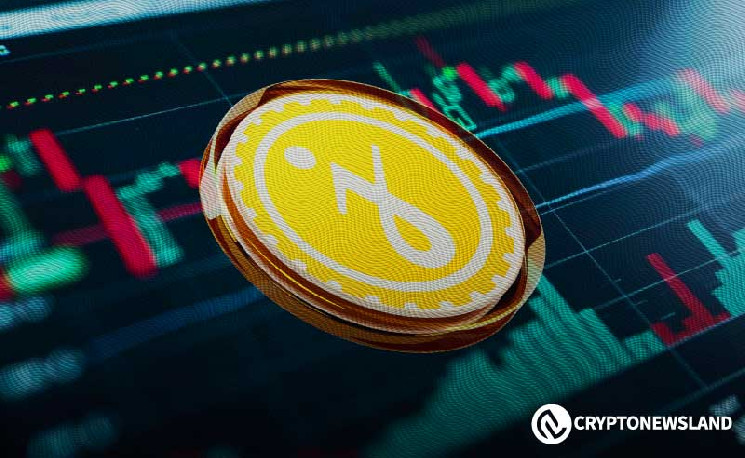- JasmyCoin CFO and CEOs share bullish expectations for JASMY price.
- They expect JASMY to hit $17 when the platform sees over 107 million users.
- This price is expected to be reached tentatively by 2026, JASMY remains bullish.
JasmyCoin continues its upward climb as more interest flocks to the project. The asset known as the Bitcoin of Japan began its journey in the far east and is slowly making its way to the west and the rest of the world.
JASMY’s CFO Hara San and CEO Ando & Sato say that as JASMY hits 107 million users then the price target for the altcoin will go up to $17. This is their expectation by 2026. As former SONY executives this is no small claim adding to the fact that it is likely a conservative one.
$Jasmy for CFO Hara San & CEO’s Ando & Sato to say 107 million users price target $17 by 2026 for a Japanese former SONY executives to make that claim for them it would be a conservative one , we now learned Jasmy is not just going to take place in the Asian region ; it’s going… pic.twitter.com/6sOFoLzpw2
— TheDeacon ✝️ (@Jose36661435) June 4, 2024
This statement paired with the latest JASMY and Apple partnership via Japan’s My Number Card has taken the world by storm. JASMY will soon enter iPhones starting next Spring to facilitate the identity feature likely affecting JASMY price in a bullish manner.
Just after the announcement about the Apple collaboration JASMY price shot up by 40% and the JASMY community has been bullish ever since. This much support and rapid adoption for JASMY points to the fact that when it does go live on iPhones the price spike could be explosive.
So far all price predictions have varied between $1, $5, and $10 for JASMY ranging before and after the Apple announcement. Now with JASMY leadership expecting a $17 high for JASMY the expectations for a high JASMY price will likely go further.
Presently, JASMY is on track to enter iPhones, perhaps soon other smart devices will become JASMY devices as speculated in the post above. The potential for JASMY is massive at the moment, it could enter private, public, institutional, and government sectors.
